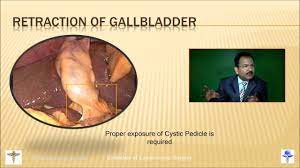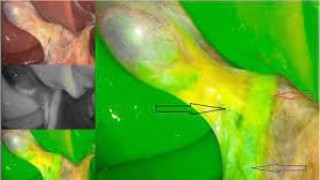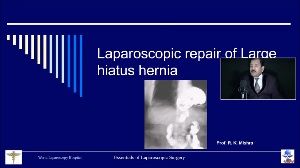Precision and Control in Minimally Invasive Surgery: The Essential Role of Laparoscopic Graspers
Add to
Share
1,553 views
Report
2 years ago
Description
Laparoscopic graspers are one of the most important instruments used in minimally invasive surgery. These specialized surgical tools allow surgeons to manipulate, grasp, and retract tissue during laparoscopic procedures. With their precise and controlled movements, laparoscopic graspers provide greater visibility and dexterity, allowing for more efficient and accurate surgeries. This description will highlight the key features and benefits of laparoscopic graspers and their crucial role in minimally invasive surgery. Laparoscopic graspers are an essential tool used in minimally invasive surgery, providing precision and control in a variety of surgical procedures. These devices come in a range of shapes and sizes, each designed for a specific task, and are used to manipulate tissue, organs, and other structures during laparoscopic surgery. One of the key benefits of laparoscopic graspers is their ability to provide greater precision than traditional open surgery instruments. This is particularly important in delicate procedures where the surgeon needs to manipulate small, fragile tissues or structures. With laparoscopic graspers, the surgeon can achieve precise and controlled movements, reducing the risk of damaging surrounding tissue and minimizing the risk of complications. Another advantage of laparoscopic graspers is that they allow for greater visibility during surgery. The graspers are designed to be inserted into small incisions and can be manipulated to provide a clear view of the surgical site. This enables the surgeon to see exactly what they are doing, which can be particularly important in complex procedures where there is a risk of damage to surrounding organs or structures. Laparoscopic graspers can be used in a range of surgical procedures, including gynecological, urological, and general surgery. They are particularly useful in procedures where access to the surgical site is limited, such as in a narrow pelvic area, and where the surgeon needs to work around delicate structures. In conclusion, laparoscopic graspers play a critical role in minimally invasive surgery, providing precision, control, and visibility. With their ability to manipulate tissue, organs, and other structures, laparoscopic graspers have revolutionized the way that many surgical procedures are performed, making them safer and more effective for patients. As technology continues to advance, we can expect laparoscopic graspers to become even more sophisticated, further improving the outcomes of laparoscopic surgery. Laparoscopic graspers are a fundamental tool used in laparoscopic surgery. They are designed to grasp, hold, and manipulate tissue, organs, and other objects within the abdominal cavity during minimally invasive procedures. These instruments come in various lengths, shapes, and sizes to accommodate different surgical needs. One of the main advantages of laparoscopic graspers is their ability to offer precise and controlled movements. This is especially important when working in tight spaces and around delicate structures. The use of laparoscopic graspers reduces the need for large incisions, which can lead to less pain, shorter hospital stays, and faster recovery times for patients. Laparoscopic graspers are typically made of stainless steel, and their jaws are covered with a non-slip coating to provide a better grip on the tissue being held. They are operated by a handle that allows the surgeon to open and close the jaws, and some models have a ratcheting mechanism that locks the jaws in place once they are closed. There are various types of laparoscopic graspers, including straight, angled, curved, and fenestrated. The straight and angled graspers are typically used for general purposes, while the curved and fenestrated graspers are used for more specialized tasks, such as suturing and tissue dissection. Overall, laparoscopic graspers play a critical role in the success of laparoscopic surgery. They provide the surgeon with the necessary precision, control, and dexterity needed to safely and effectively perform minimally invasive procedures.
Similar Videos






